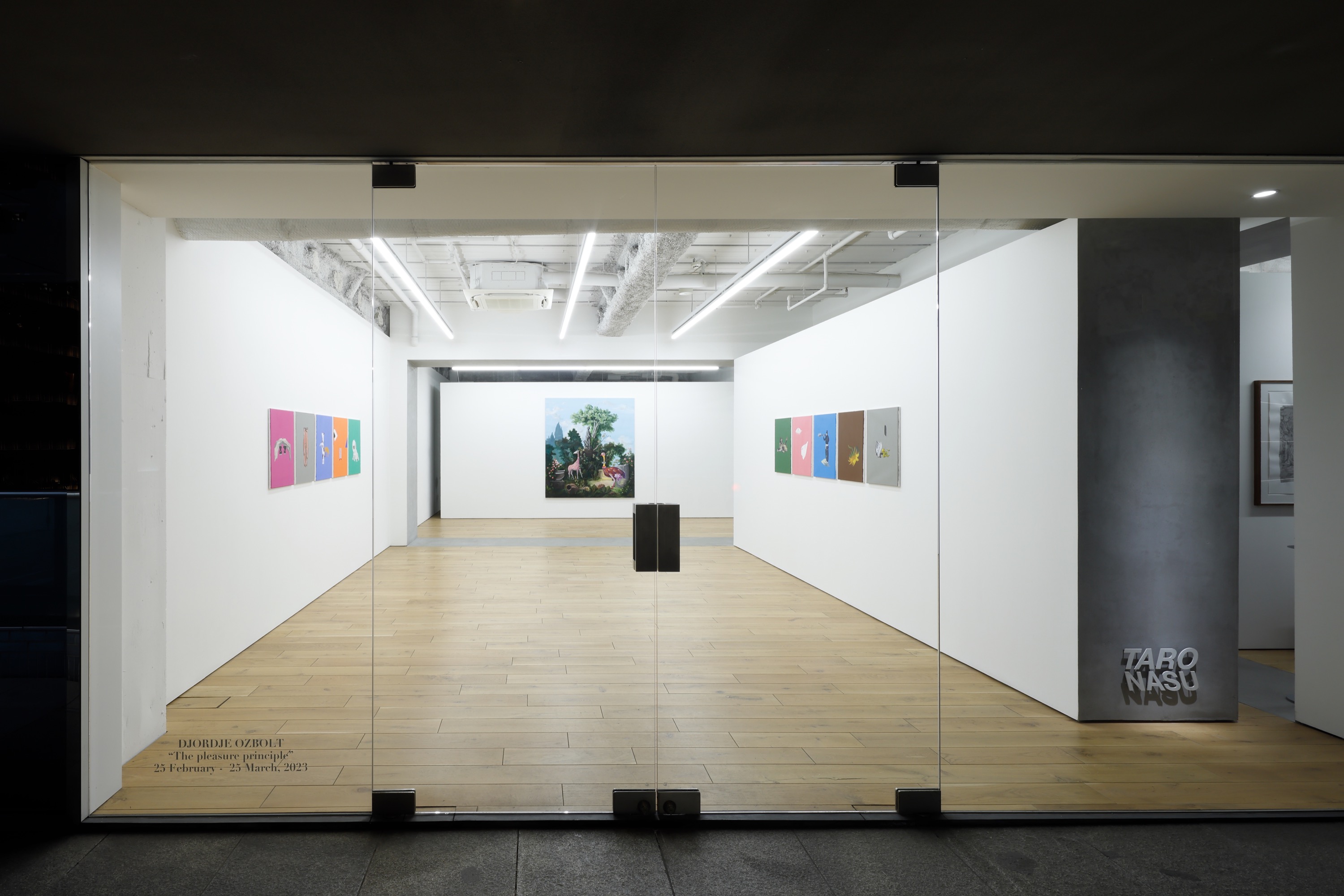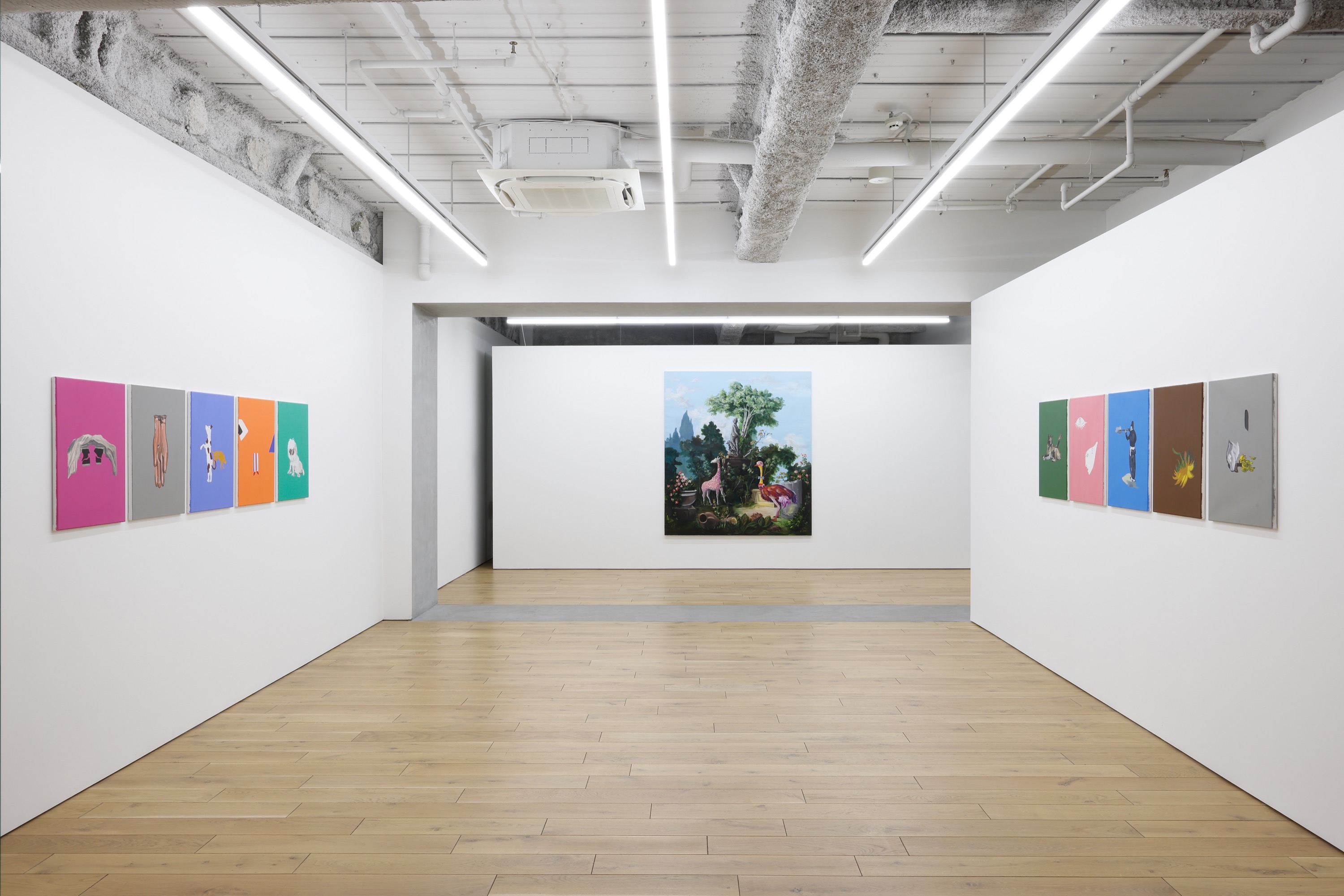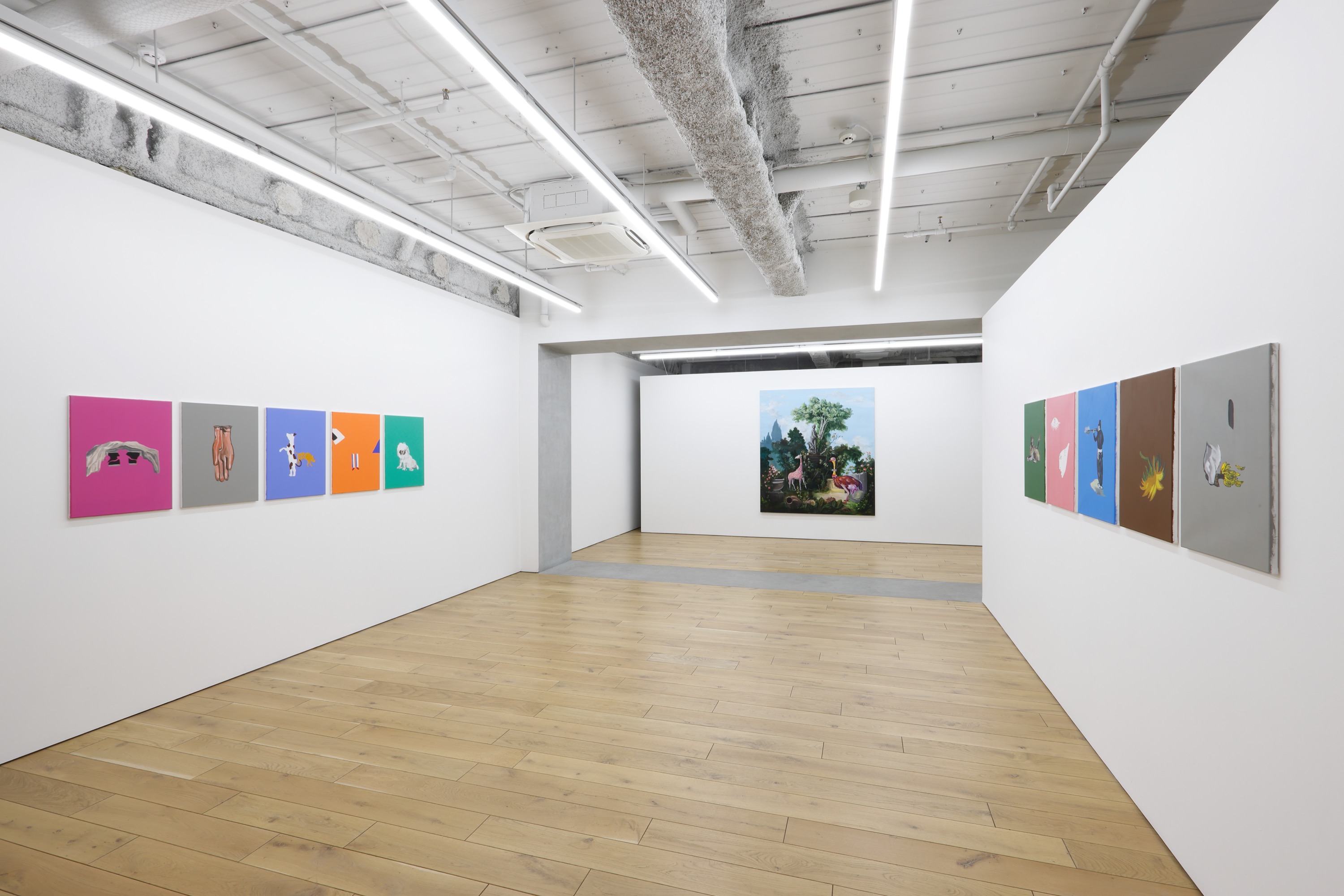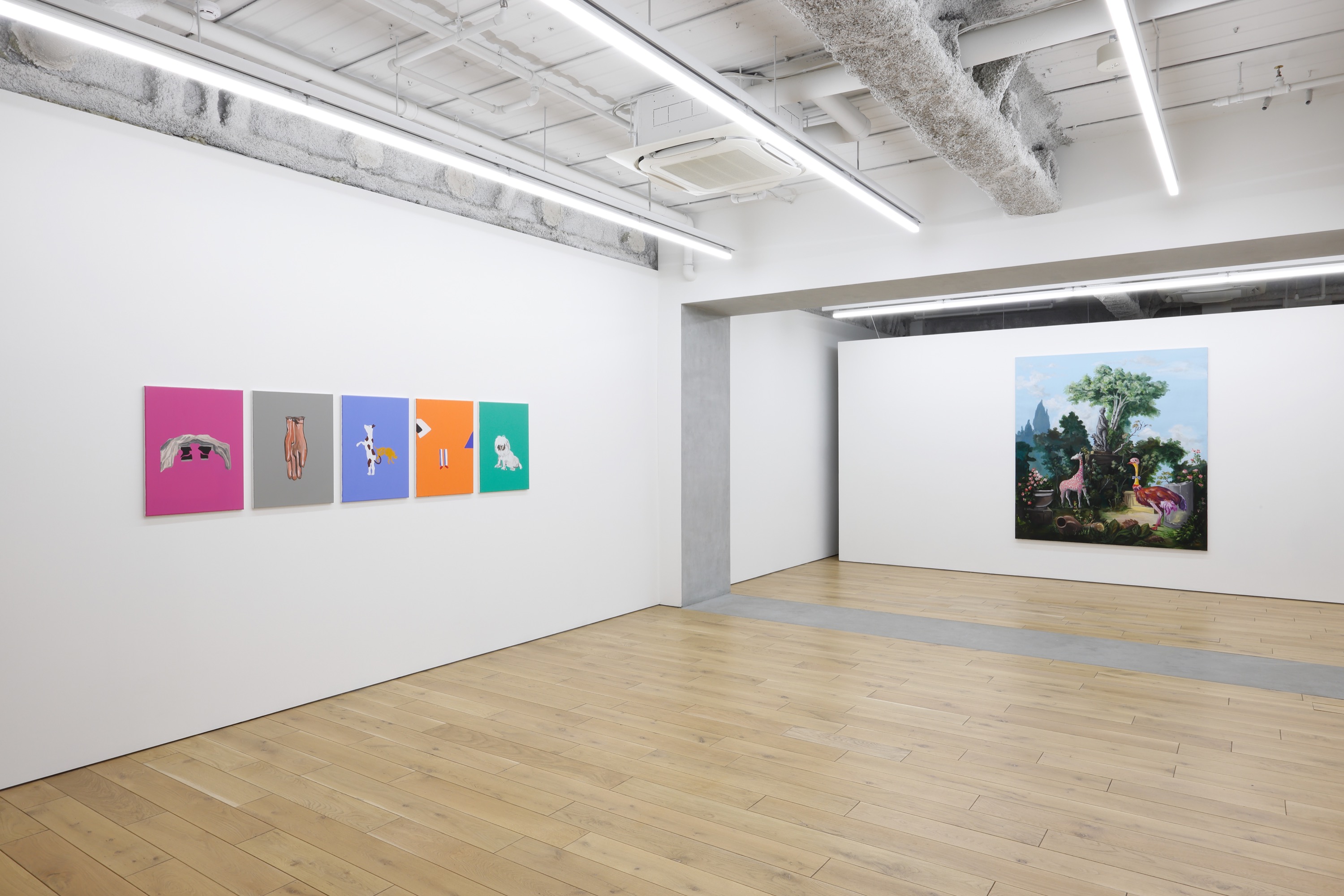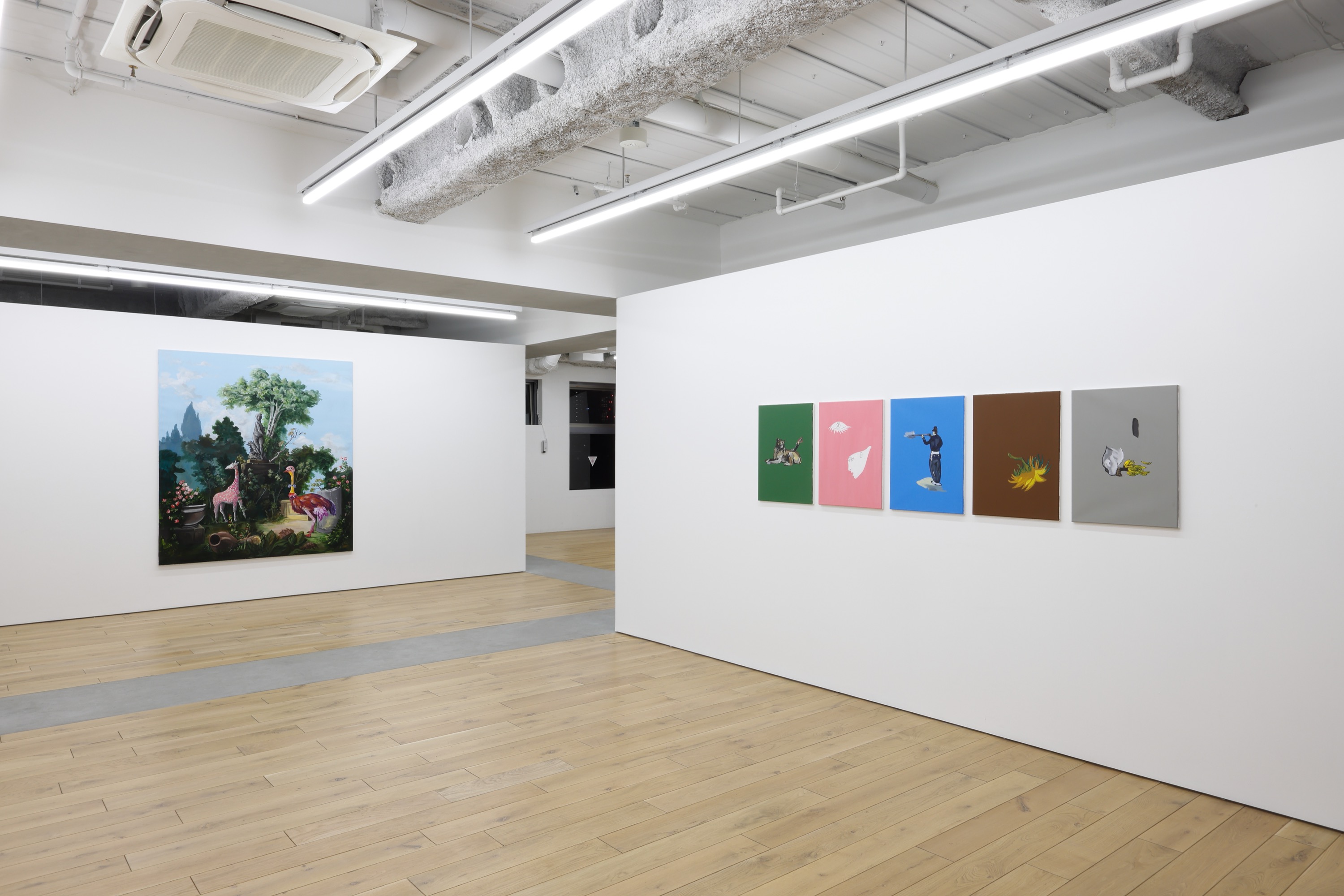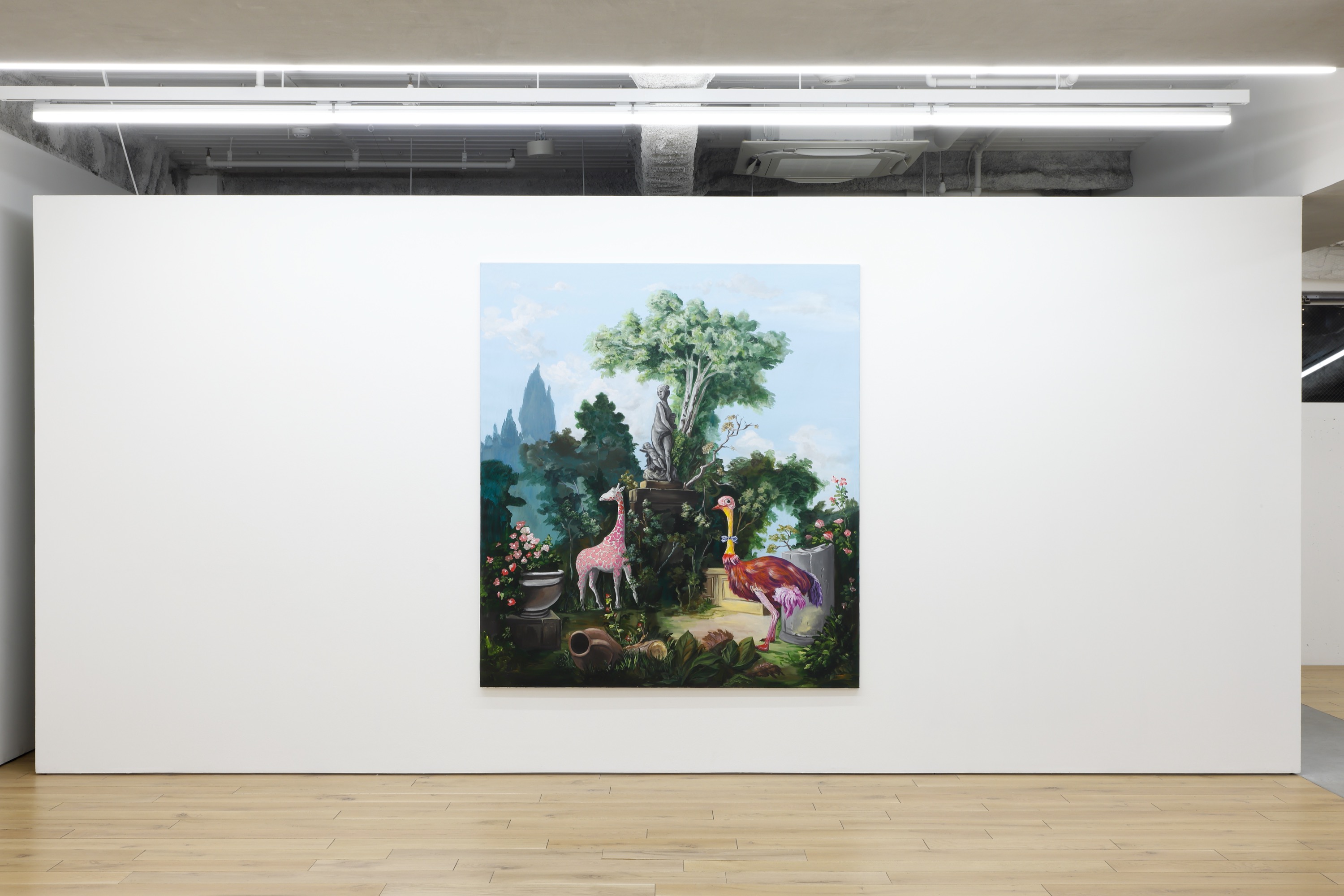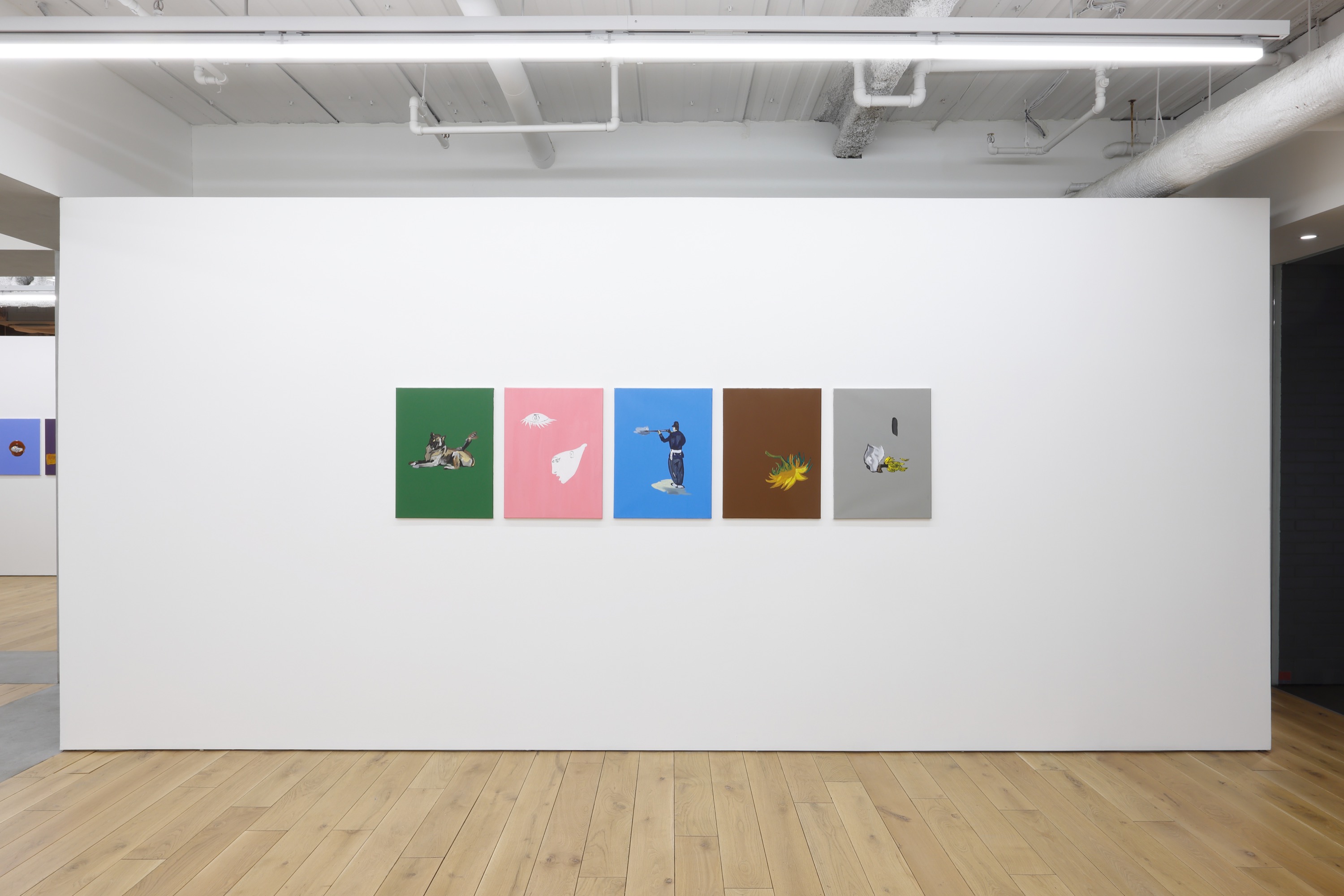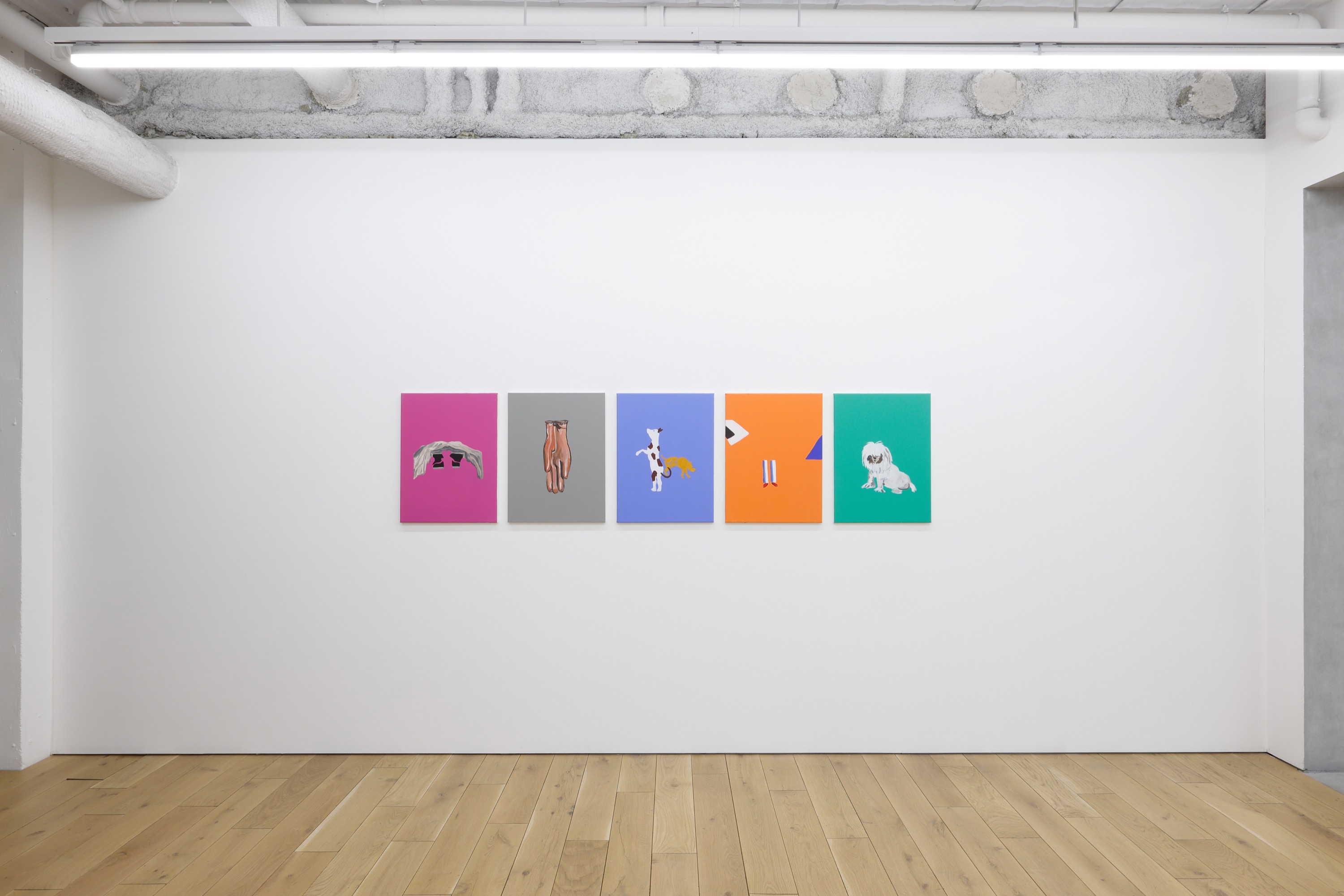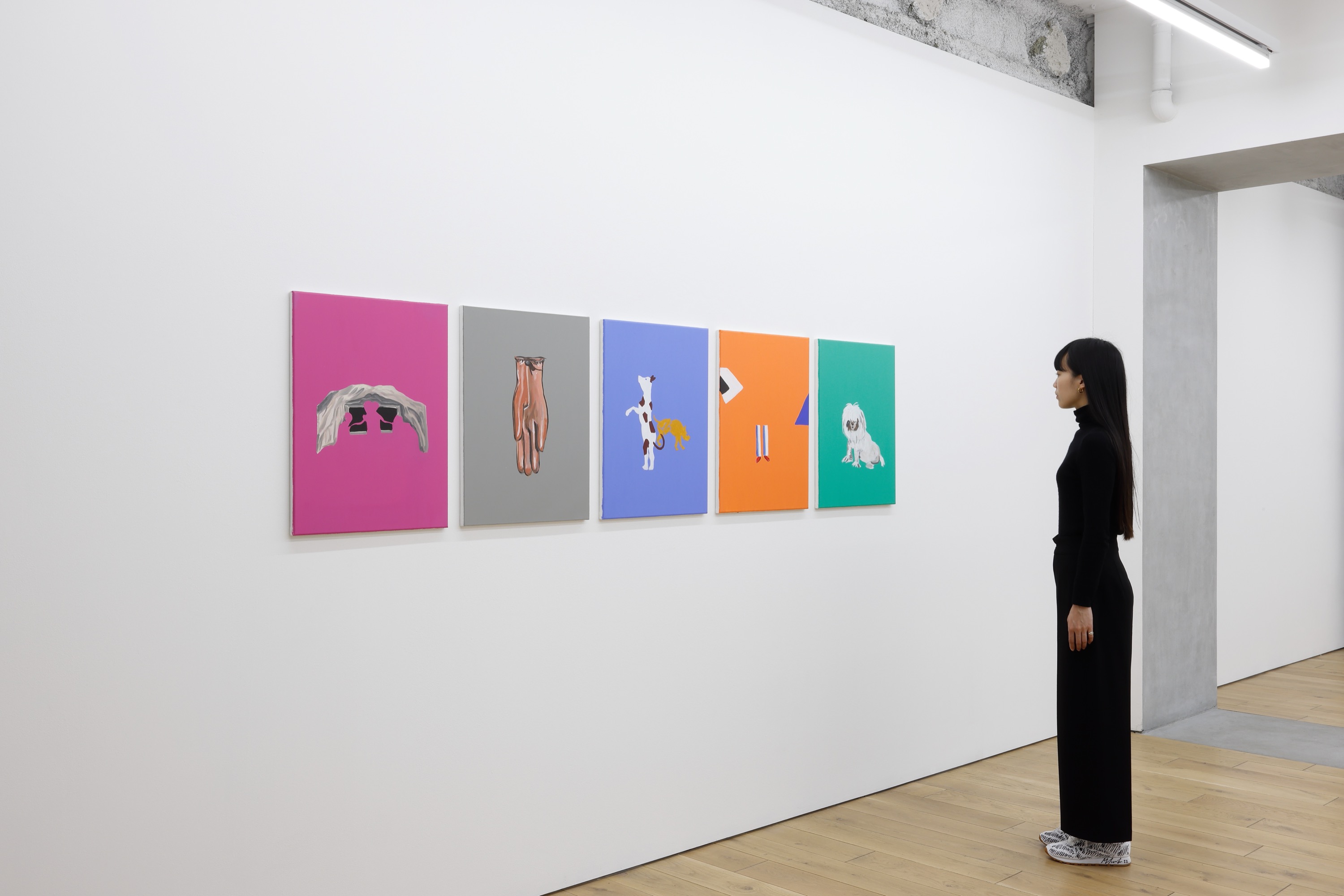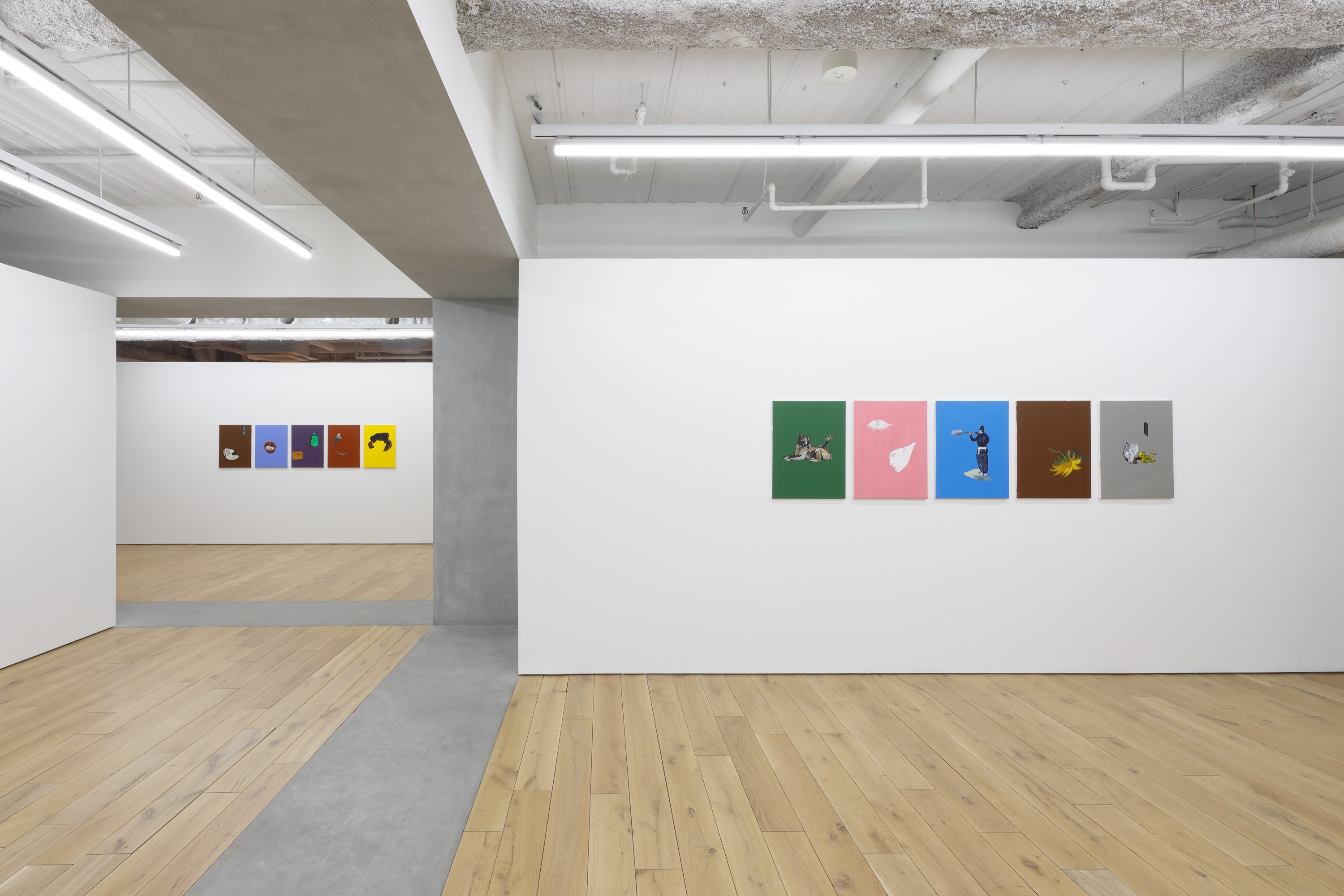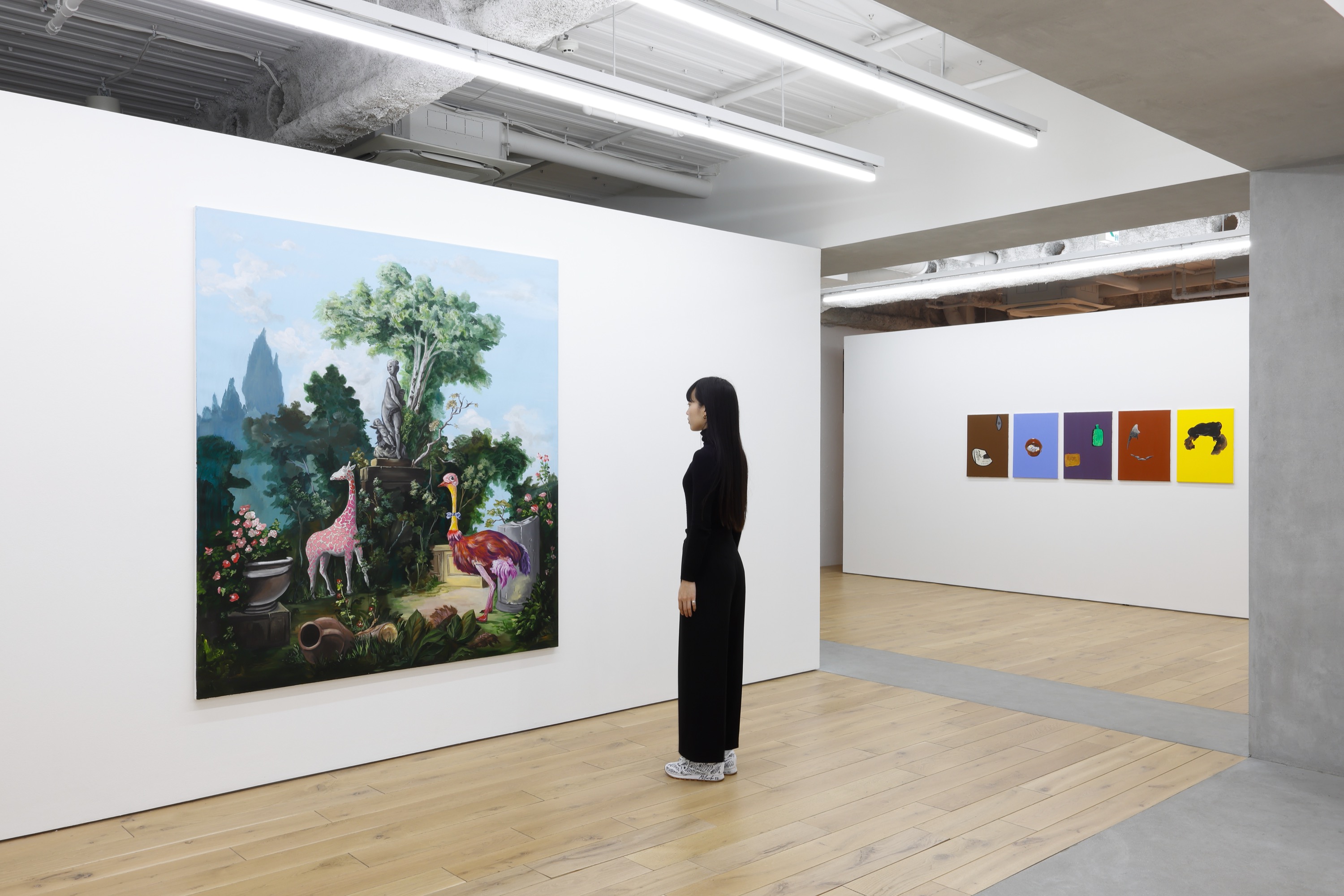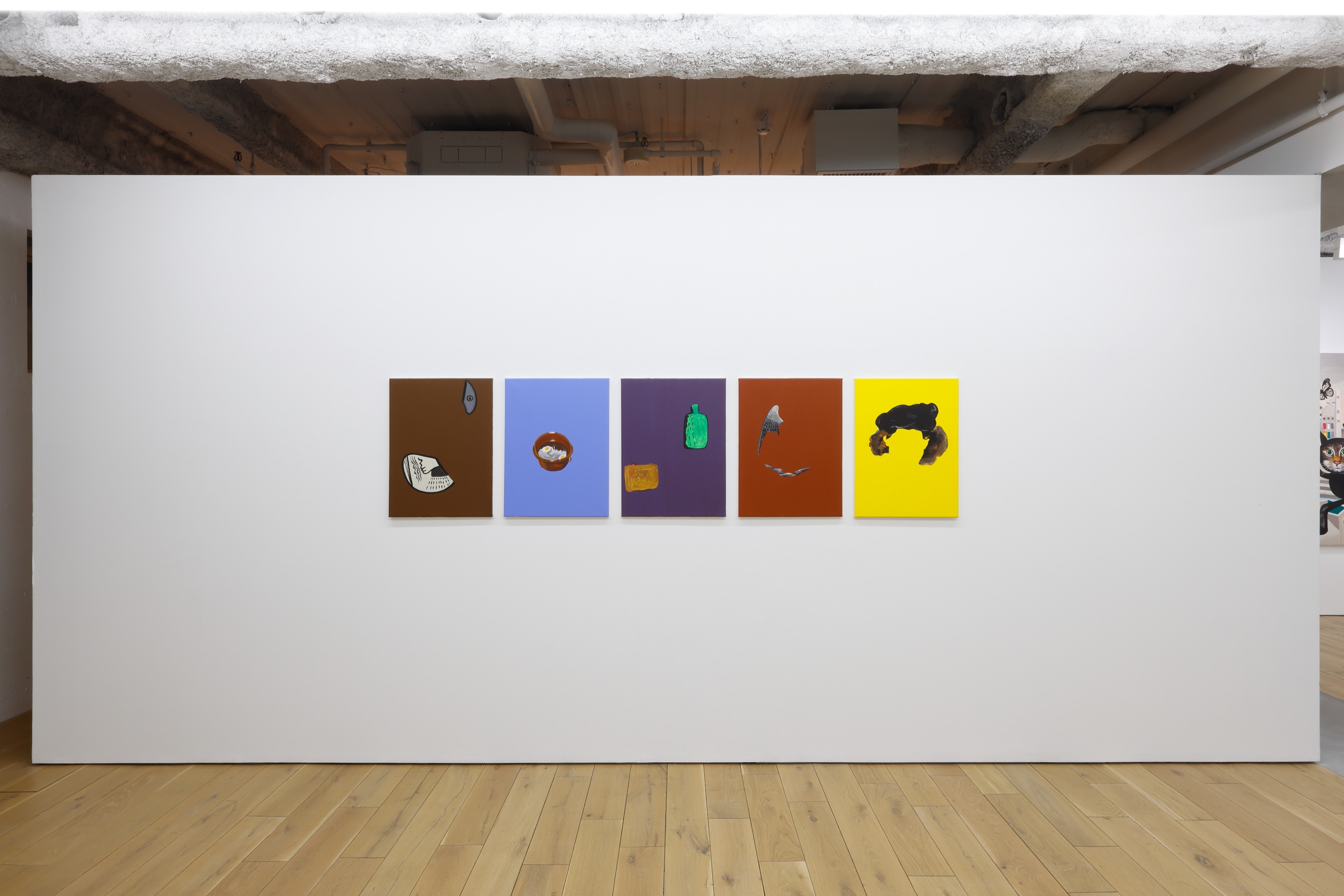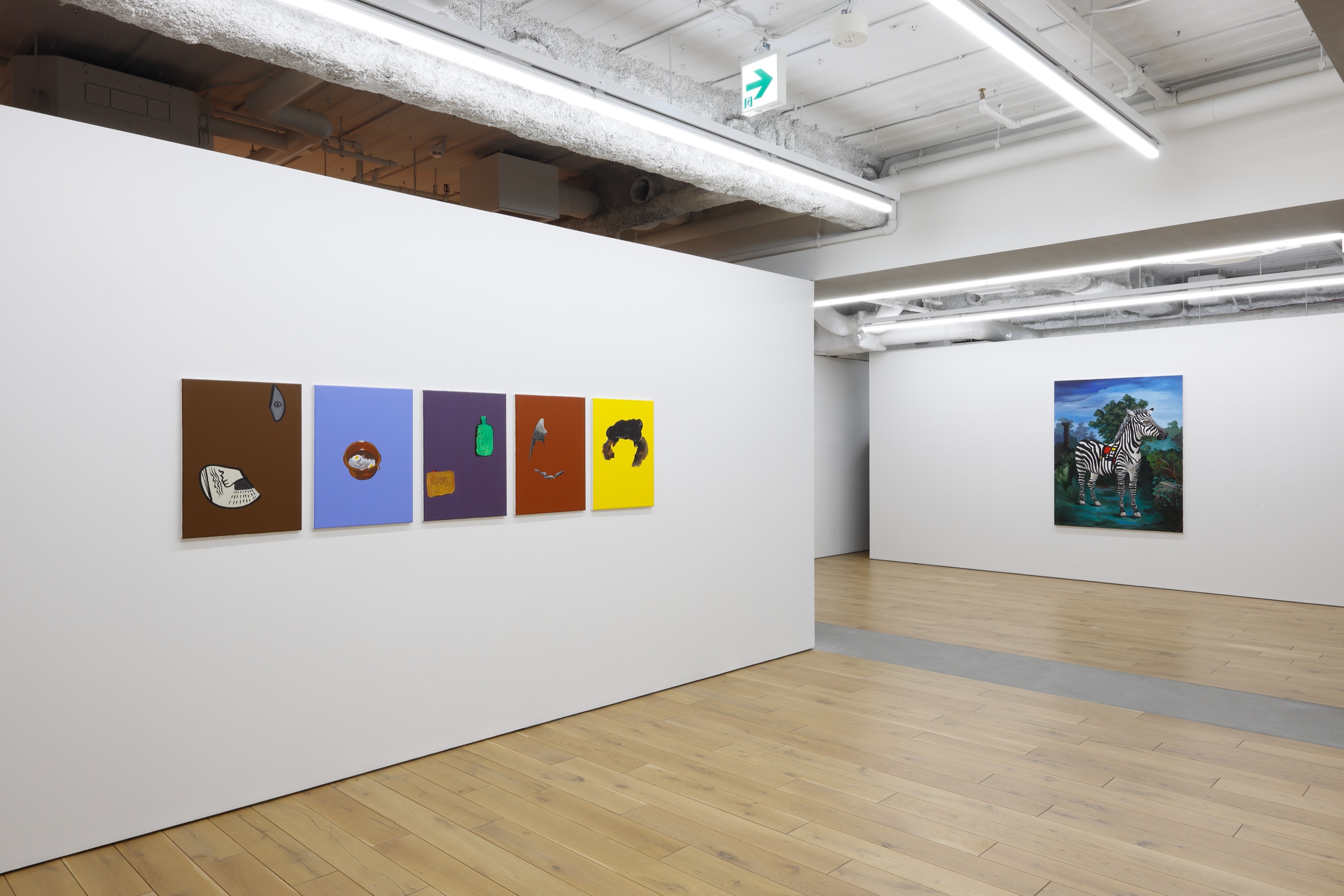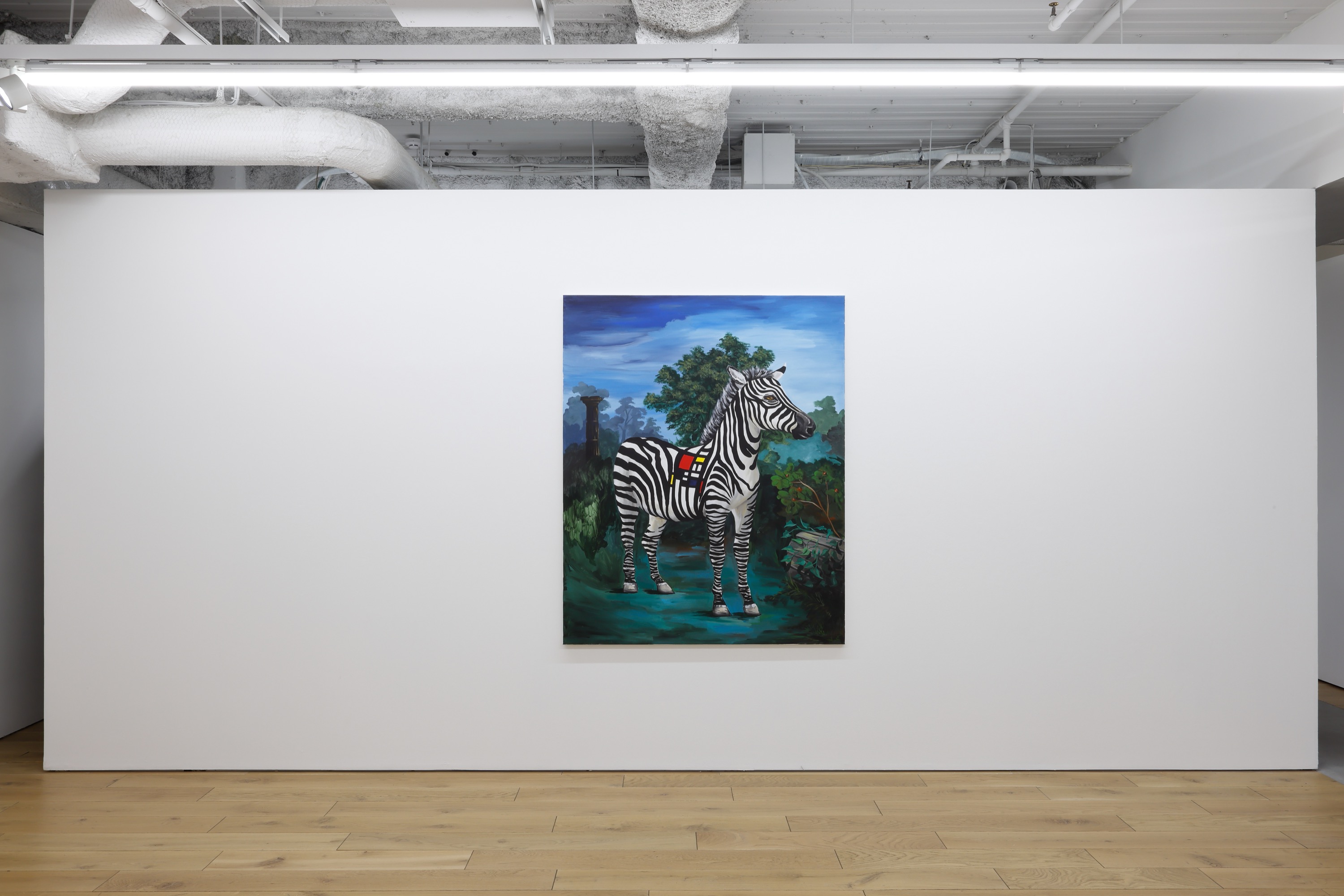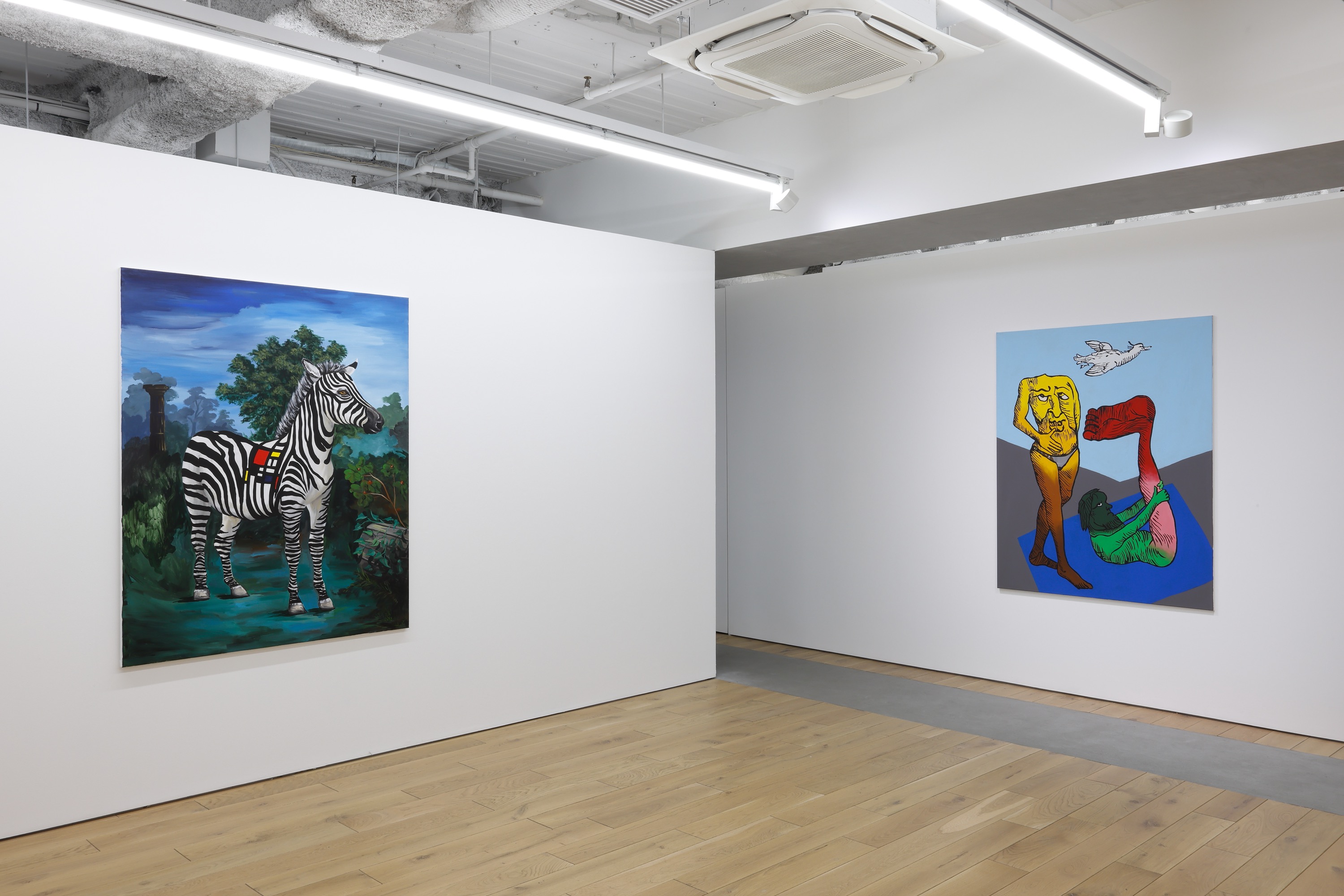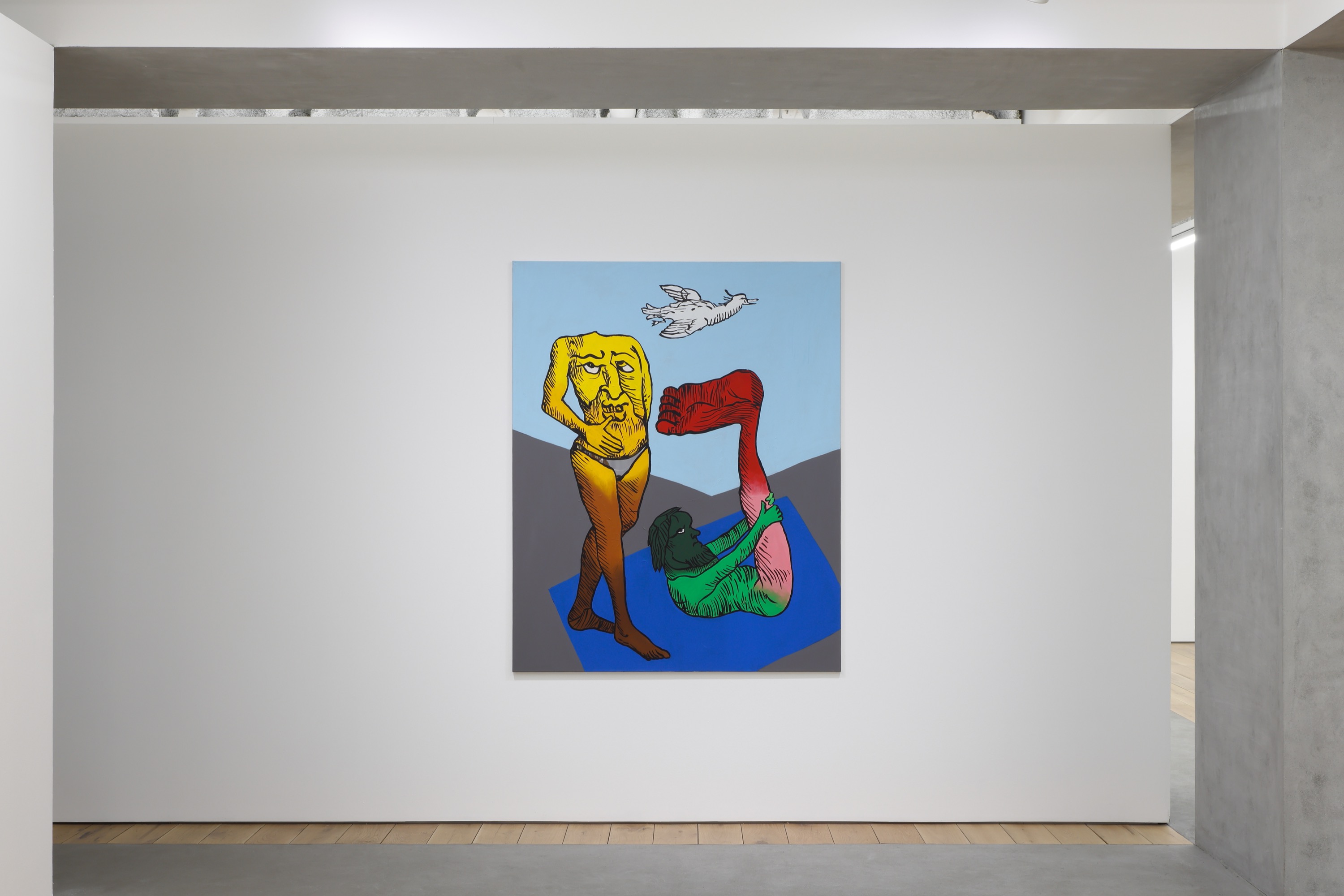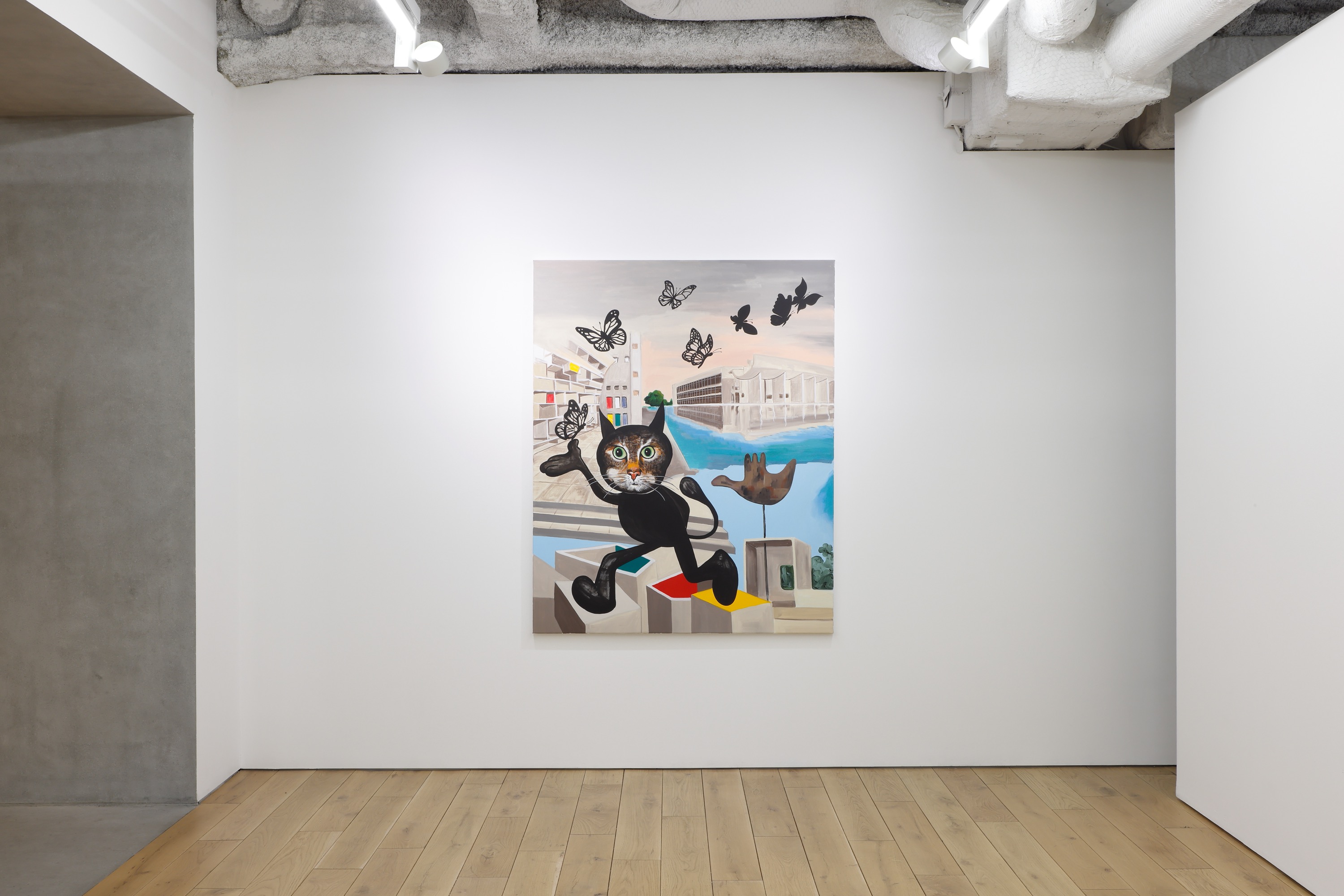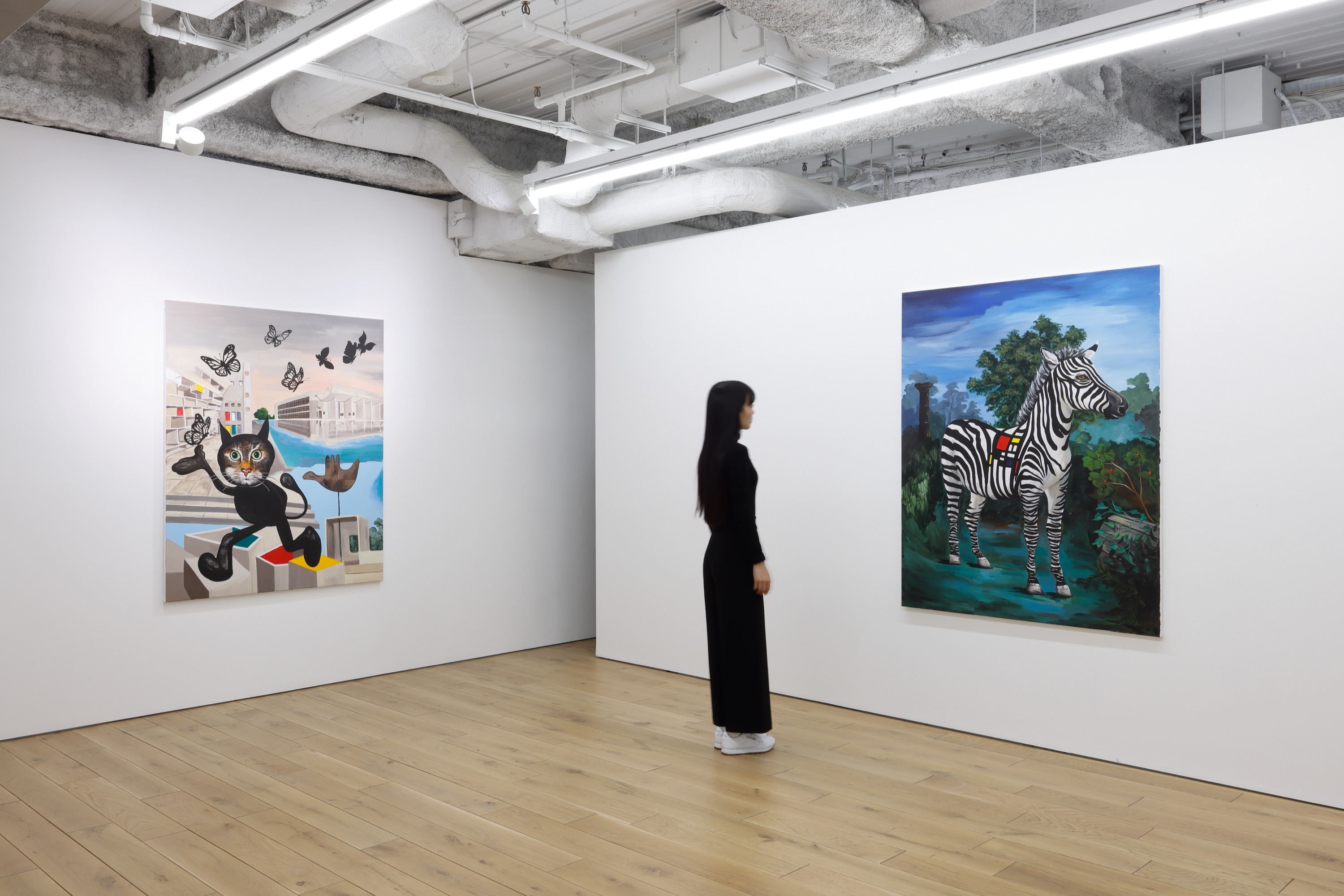Djordje Ozbolt
Born 1967, Belgrade, RS
Lives and works in London.
2019 Serbian Pavilion, 58th International Art Exhibition of La Biennale di Venezia, Venice, IT
2006 MA Painting, Royal Academy of Art, London, UK
2000 BA Fine Art, Slade School of Fine Art, UCL, London, UK
1991 School of Architecture, University of Belgrade, Belgrade, RS
From Saturday, February 25, TARO NASU will be presenting a solo exhibition by Djordje Ozbolt.
We live in an age where all manner of visual information is accessible simply by operating a phone that fits in the palm of one’s hand. The role “images” play is undergoing change more profound than ever before.
People have realized that even a single image can be a powerful tool—strong enough that, if it spreads around the world, it can even change the direction of a nation’s government. At the same time, we are in era where one must always stop to consider the ambiguity and authenticity of images. By now, everyone recognizes that the function of images as conveyers of meaning and messages is a double-edged sword.
Serbian artist Djordje Ozbolt breaks down and reassembles the images that transcend time and space. He creates his own aesthetic world using collage-like techniques. His sources of inspiration are not limited to the pictorial fine arts, but also images from diverse cultural backgrounds, such as commercial design, fashion, and music. A historical consciousness, satirical spirit, and somewhat darkly humorous tone runs through all of his works. This may trace back to Ozbolt’s background. He was born to a wealthy family in Eastern Europe, but while studying abroad in the U.K., his home country underwent a revolution, and he found himself a man without a national identity. In the years that followed, he wandered the world, experiencing various cultures and developing “techniques for surviving in this world.”
The theme of this exhibition of Ozbolt’s works is fragmented images of famous paintings recognized as masterpieces of Western art history.
These “fragments of the classics” have varied motifs and missing backgrounds, as if excised with an image editing app. They take things which were originally powerful sources of visual information and render them impotent through the process of replication. They are, in a way, evocative of the daily lives and identities of modern humankind, which is fragmented and split apart in so many different ways.
Bereft of context, the images lose their meaning, becoming simply clumps of colors and lines without a message to share. Will these images be given new meaning by the gaze of the viewer? Will they be restored? Will the images, tossed into the unknown, live on a new form, so far divorced from where they began?
